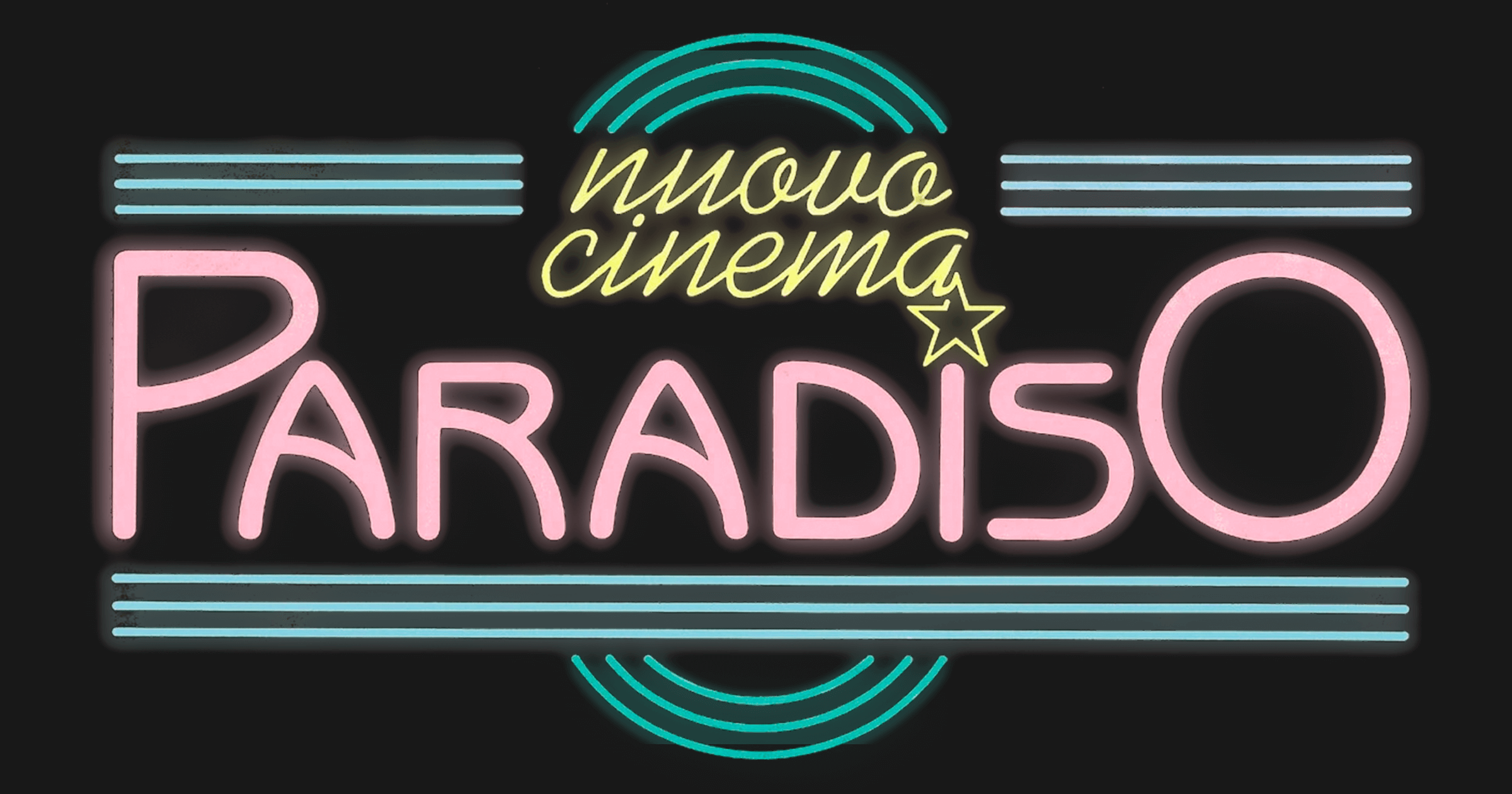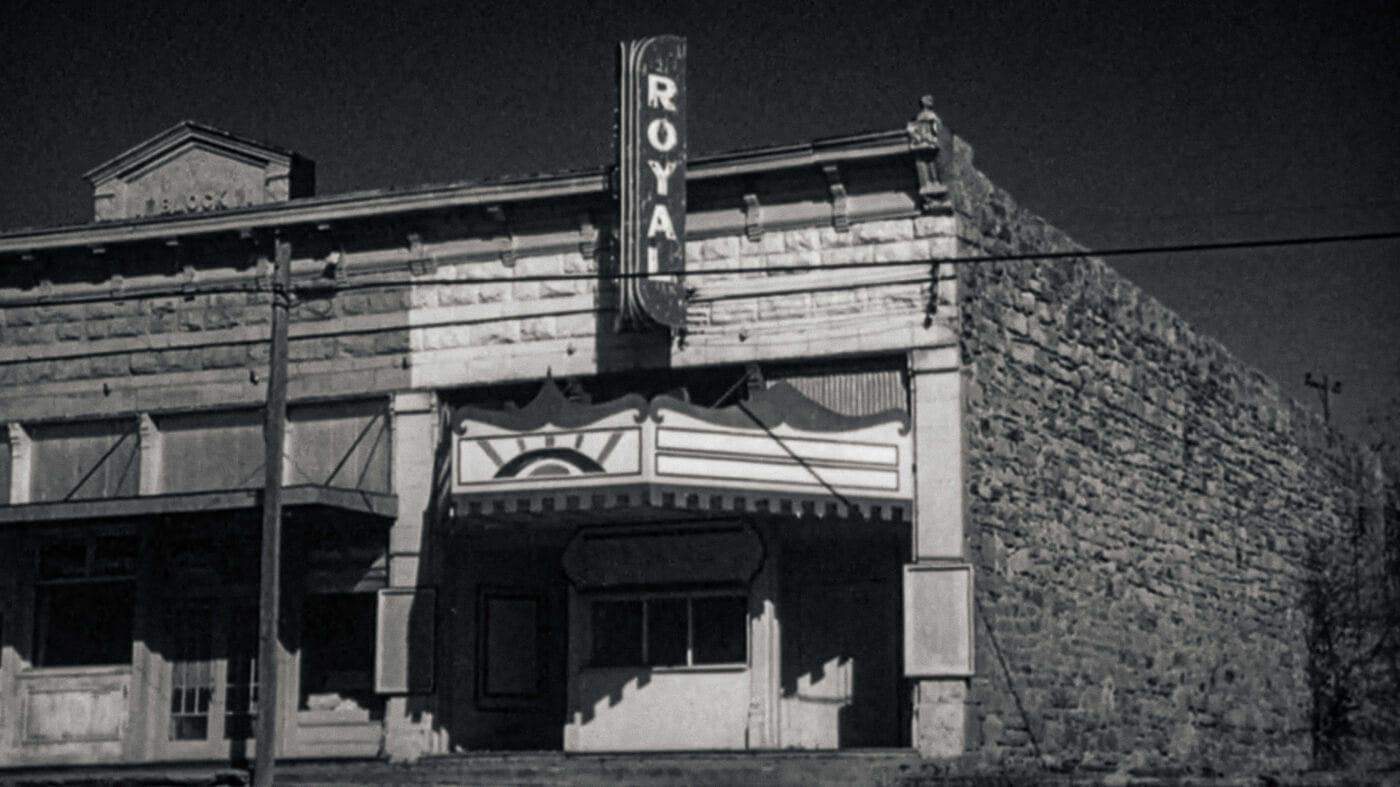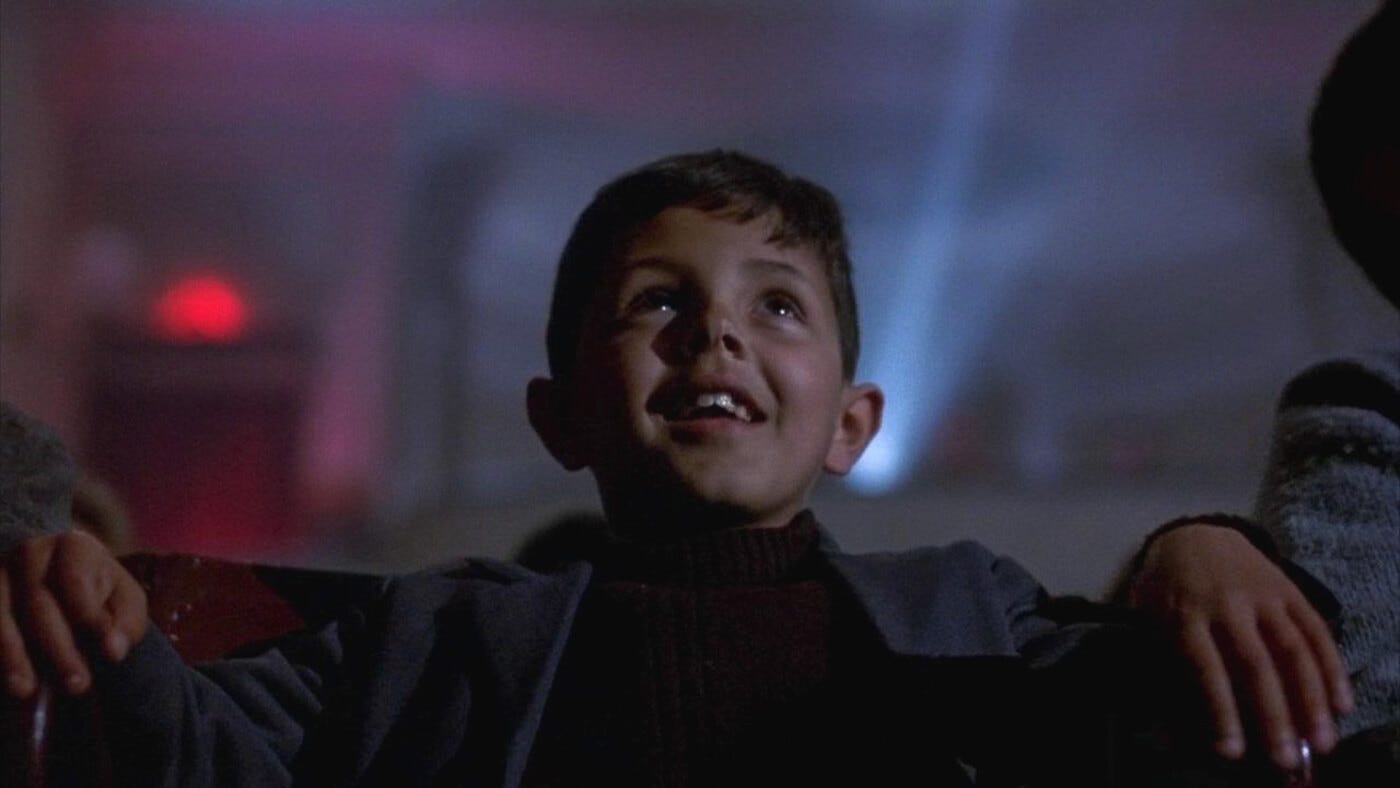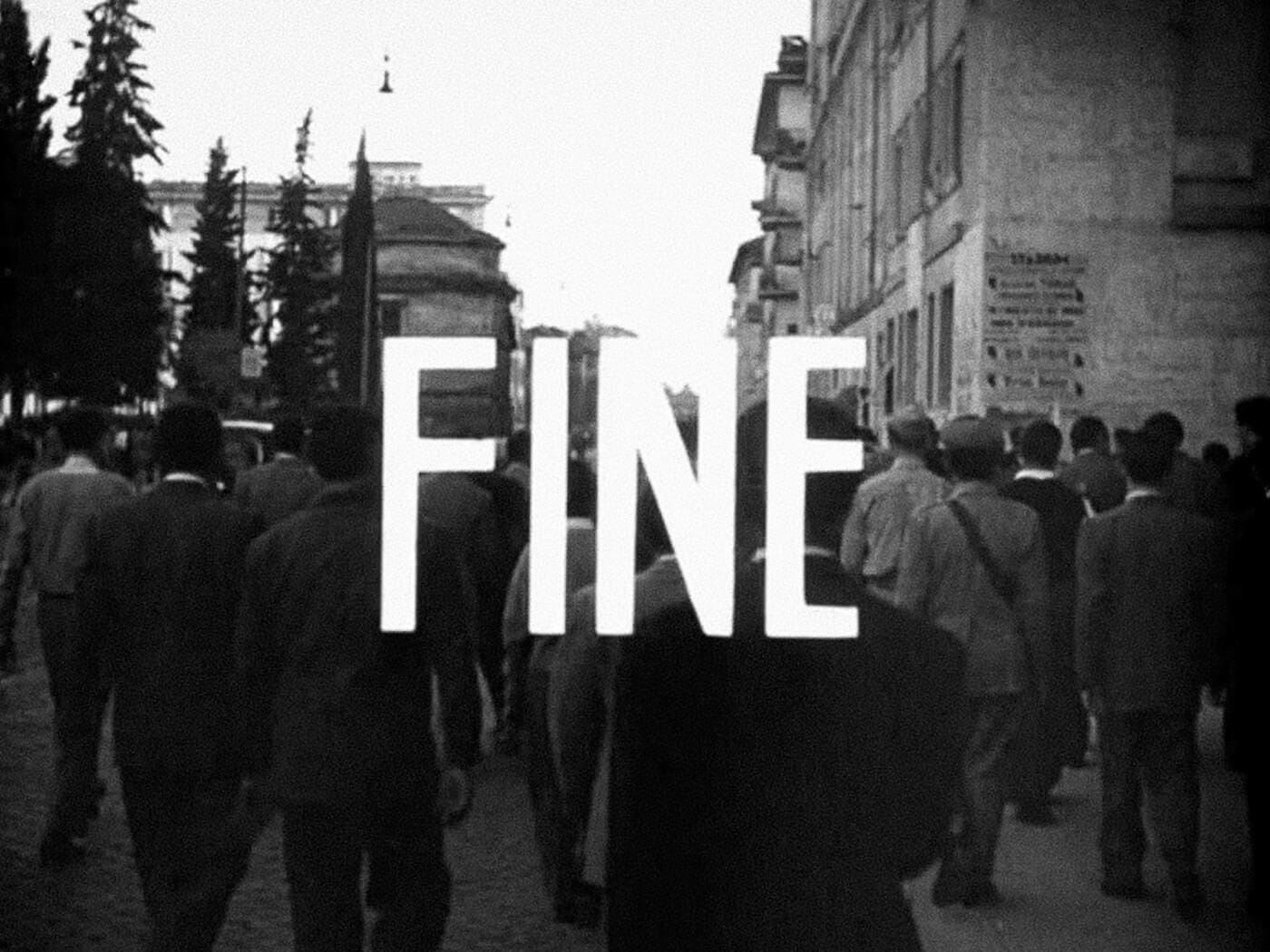Fade In: A Slow Dissolve
I’ve been saying goodbye to movie theaters my entire life — one dimmed screen at a time.
First, it was the tiny, three-screen town square cinema where my parents yanked me out of a revival of Bambi hysterically crying as a toddler.
Then, the ornate, nearby repertory palace, screening an R-rated feature I snuck into as an underage teen.
Now, it’s entire cities.
What once felt like isolated closures now reads like a long, lingering fade-out on communal cinema.
This is my attempt to freeze one last frame before the lights come up — and the curtain goes down — for good.
The Swan Song
Despite its storied 129-year history of bringing endless joy to audiences worldwide, the institution of the movie theater is rapidly fading into obsolescence.
While some modern multiplexes may persist, most of those gloriously ornate movie palaces, intimate indie venues, and charming small-town cinemas are going the way of the dodo right before our very eyes.
This has been a long time coming.
My hometown had already lost its vintage 1926 cinema by the '90s — a casualty of the Blockbuster era.
It was where I’d discovered formative movies, like A Room with a View, Amadeus, and incredulously watched adult patrons leap up and dance in the aisles alongside their on-screen counterparts at the end of Dirty Dancing (not kidding).
But before I finished high school, that cherished, magical relic — and everything it represented in small-town suburbia — was gone.
And if those closures once felt like local tragedies, the numbers now tell a global story.
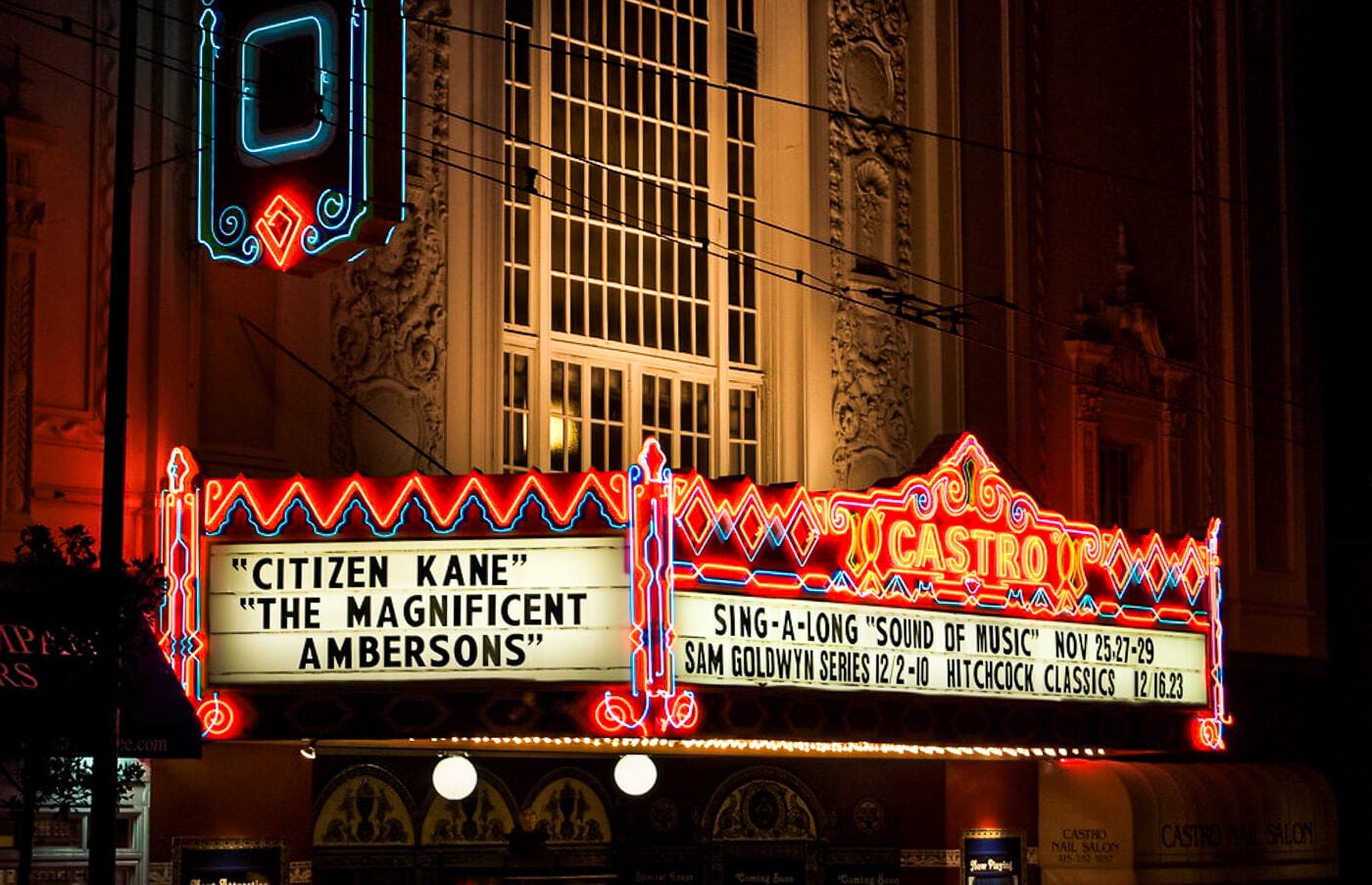
The Projectionist Has Left the Building
Since movie theater attendance hit its historical peak in 2002, the rise of ever-cheaper home video formats and streaming services has since slashed ticket sales by 46%.
The pandemic then dealt a devastating deathblow to an already low-margin business — one clinging to the last wisps of popcorn-scented nostalgia and the occasional IMAX tentpole. Understandably, most simply couldn’t hang on.
Back in my former stomping ground of NYC, the Paris Theater off Central Park South now remains the sole single-screen cinema left on the entire island of Manhattan (credit where it’s due to Netflix for re-opening it).
Meanwhile, my current home of San Francisco has lost 53% of its movie theater seats in just the past five years. (Yeah, I did the math, myself.)
What We Really Lost
For true cinephiles, it’s a heartbreaking trend to witness.
And yet I’m not blind to the shifting economics and societal habits that got us here.
It’s called progress. Things change.
But the greatest loss isn’t necessarily just the physical venues — it’s the irreplaceable experience of communal moviegoing.
Watching Oppenheimer on your iPhone doesn’t just diminish the spectacle — it erases the incomparable feeling of absorbing it with an audience.
And while we’re at it, let’s not pretend the firehose of “content” flooding our screens is any kind of just replacement. When everything is a “movie,” nothing really is.
Sure, there’s still plenty of enjoyable new fare to be had (check out Now Showing for some of it), but the lines have blurred, a lot (not all) of the standards have slipped, and the sheer volume has overwhelmed the rituals that once made the experience feel special — because true quality genuinely was, and often still is, rare.
That part doesn’t come back.
Unlike some, I don’t think change is inherently bad or even that all theaters are necessarily sacred spaces.
But they were sacred to us — to anyone who ever saw their own reflection flicker across the screen and felt a little less alone in the world.
And while I’ve completely made peace with the future being different, I refuse to pretend it’s a fair trade.
The projectionist may have left the building, but I’m still in the back row — watching, remembering, refusing to leave before the credits roll.
Looking for the real-time threat level?
The clock is ticking over at Cinema DEFCON, where each film gets its own rating on the road to theatrical extinction.


